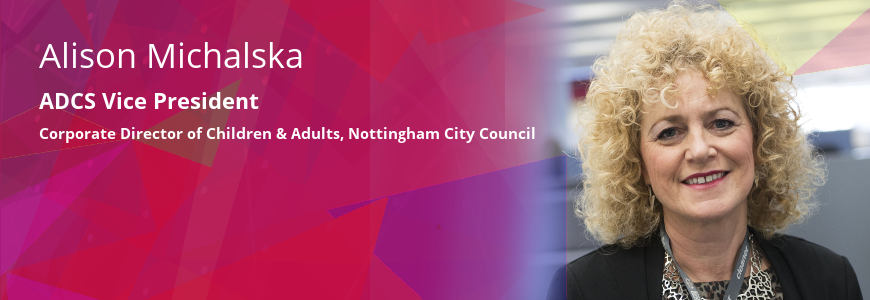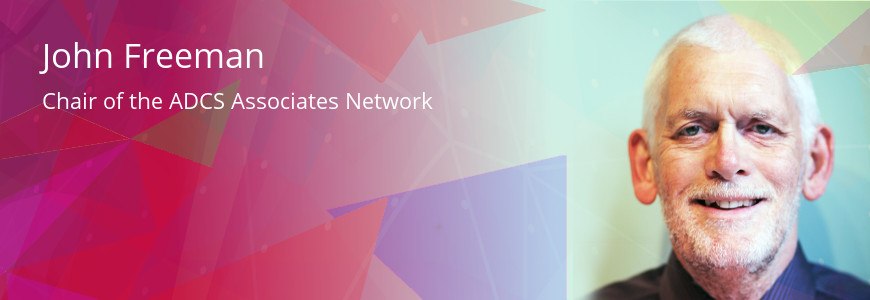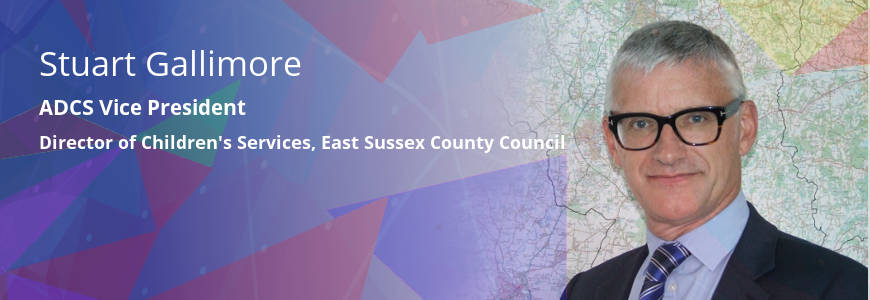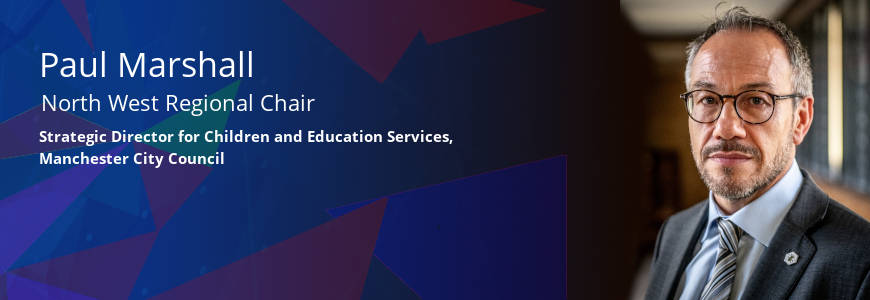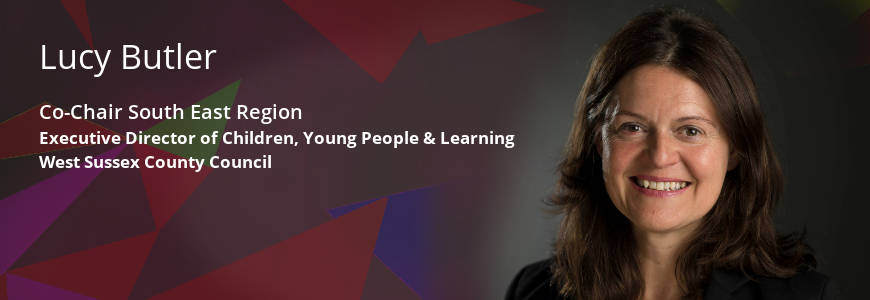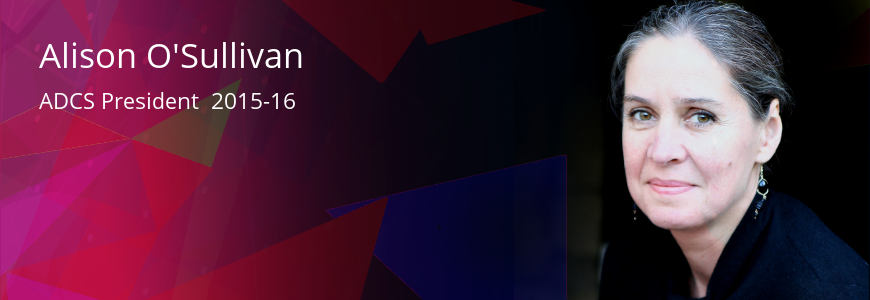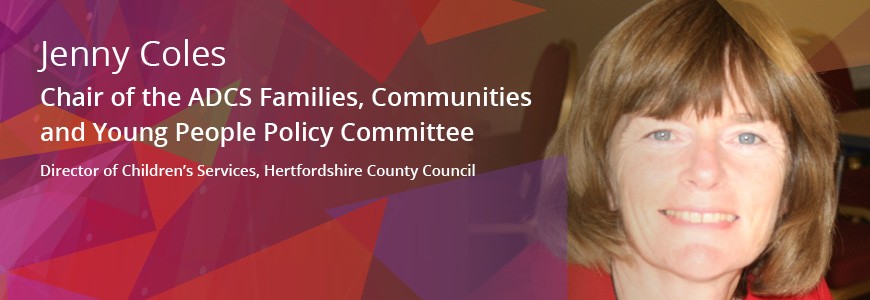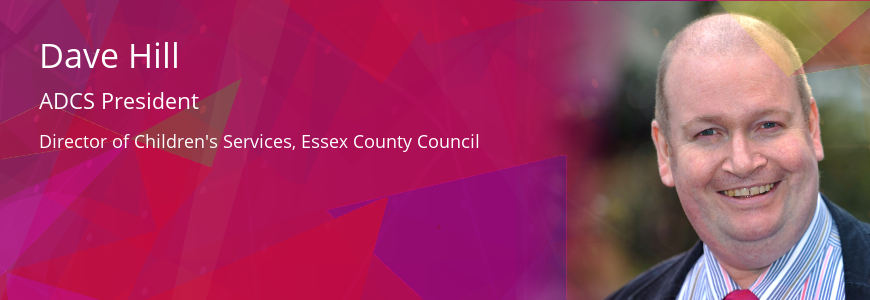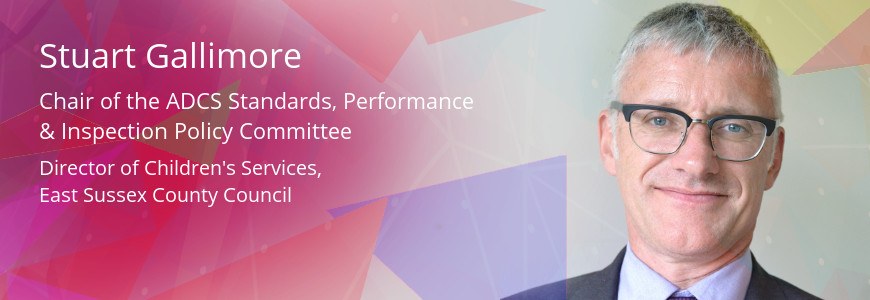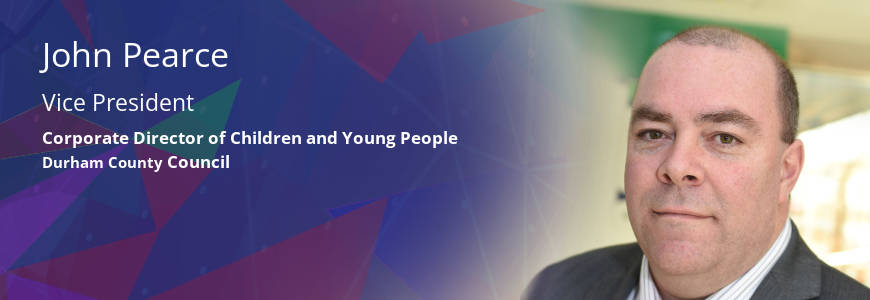What is education for?
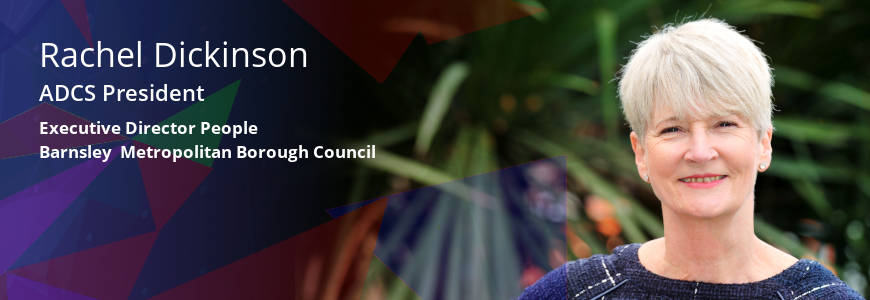
Schools play a vital role in their local areas by widening opportunities for children and families, providing a pathway out of poverty, engaging with children’s services and early help, and serving their local communities. These may all be hallmarks of a successful school, but it also makes me reflect on what education is for.
The United Nations Convention on the Rights of the Child, (UNCRC) article 29 is clear on this point and explains that education must encourage a child’s respect for human rights, as well as respect for their parents, their own and other cultures, and help them be the best they can. The UK signed up to the convention thirty years ago (1990) so its principles should drive much of what we do. Put simply, if schools are to be successful they must develop all children to reach their potential and, as an integral part of children’s development, schools must grow their respect for the rights and cultures of all.
And who is education for? The UNCRC helps here too; article 28 is specific about the right to education, crucially, for every child, no matter who they are. Inclusion is central to this as children must have access to both technical, vocational and academic subjects at secondary school; school discipline must respect children’s human dignity; and schools must encourage regular attendance.
As a director of children’s services (DCS) I have a statutory responsibility to support the drive for high standards for all children and young people and ‘pay particular attention’ to the most disadvantaged groups. Well believe you me, I along with my DCS colleagues am paying ‘particular attention’, and in doing so I have due regard to the UNCRC, also required by statutory guidance. Yet from speaking to colleagues across the country, it’s clear that it’s become increasingly challenging to secure access for all children in education and increasingly difficult to engage all schools in driving improvement in this space.
Last year’s review of school exclusions found that while most schools work hard to be inclusive, there is too much variation in the system in how exclusions are used with some schools excluding or ‘off rolling’ learners, despite this not being in their best interest. The review also identified some pupils, including those receiving support from social care, eligible for free school meals or from certain ethnic backgrounds are more likely to be excluded than their peers, as are children with special educational needs. Helpfully, the review made a number of recommendations, such as making schools accountable for the educational outcomes of pupils they exclude. I feel it would be a huge missed opportunity for this government not to pursue these recommendations and to drive a much greater culture of inclusion across all schools.
It is important to be balanced here. Many schools do really well, they actively engage in local education partnerships and co-operate with Children and Young People’s Trusts, Safeguarding Children Partnerships, Community Safety Partnerships, and Health and Well-being Boards. Sounds complex, and it is. The best school partnerships secure full engagement in fair access systems, monitor and challenge attendance, exclusions, managed moves, reduced timetables and elective home education rates. They do this as an integral part of orchestrating a sector-led approach to raising the quality of teaching and learning and ultimately with the goal of delivering suitable education to all children.
Never has this been needed more as we work to combat the lasting effects of poverty, the challenges of exploitation and risks associated with children missing education. Fundamentally, this requires a commitment to ‘place’, to local partnerships and governance – particularly from multi-academy trusts where they are located far away from the communities served by their schools.
These concerns remain as pertinent now as they did two years ago when ADCS published A vision for an inclusive and high performing education system which I encourage you to read if haven’t already. As the paper explains, there is a real uncertainty over local arrangements with parents and carers often looking to the local authority to address concerns about their child’s education, yet we cannot legally intervene in an academy school when concerns arise. This, coupled with an accountability system that prioritises academic attainment, means that some learners can be squeezed out of mainstream education, or fall out of sight all together. This is very worrying and is why education is best delivered in a local area through genuine partnership, with all players working together so that all children and young people receive a good education, are safe and that they, and their families, are treated fairly.
The education system has undergone significant change over the past decade, but the fundamentals of what and who education is for have not changed. Schools remain at the heart of our communities and all children have a right to a full education that meets their individual needs. It may be 30 years since we signed up to it, but the UNRC remains as relevant in my mind as it ever has done.
The human cost of us losing sight of this are huge.
Related Blog Articles
There’s a question we should all ask ourselves on a regular basis: why do we...
In General
Dave Hill, ADCS Immediate Past President, talks persuasively about changing the...
In Education
As we move towards the Christmas break it does feel to be all around us....
In General
In normal times, yesterday would have been the day of my Presidential Reception,...
In General
If this pandemic has done one thing, it has allowed us the opportunity to...
In General
I don’t think we have ever worked in a time where uncertainty and volatility...
In Education
This needs to be the starting point of everything we do in children’s...
In Care
I had a very productive meeting this week with Anne Longfield OBE. Anne is the...
In Care
Peter Clarke, HM Chief Inspector of Prisons, recently presented a shocking...
In Youth Justice & Secure Estate
Highlighting the impact of neglect on young people is clearly presented in...
In Safeguarding & Child Protection
Directors of children’s services are constantly thinking about how we can...
In Early Help & Families
I am sure that for many of you the highlight of any week is getting out of the...
In General
I think we would all agree that it’s been a particularly challenging start to...
In Funding
In preparation for writing this blog I looked back to my last one in July which...

